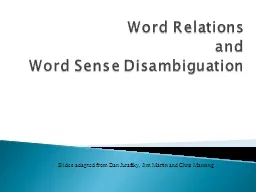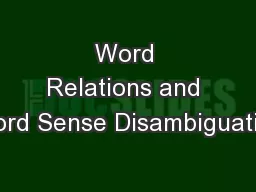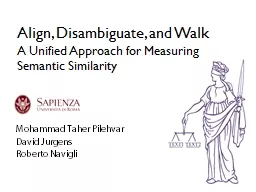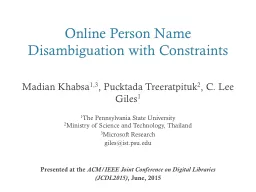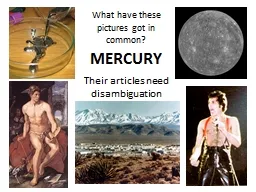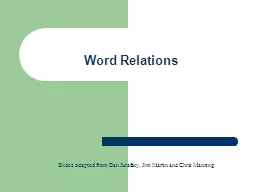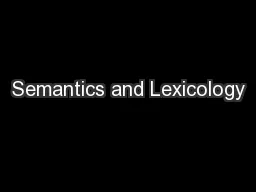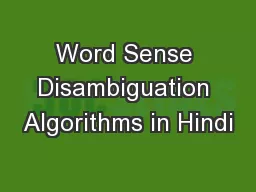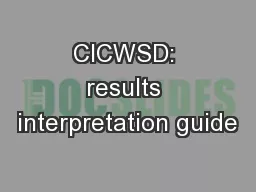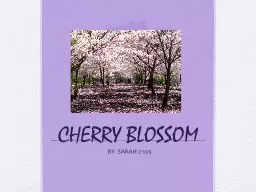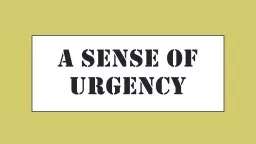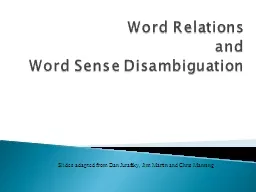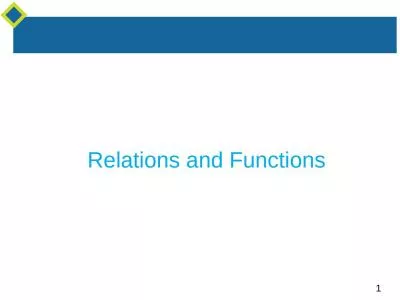PPT-Word Relations and Word Sense Disambiguation
Author : natalia-silvester | Published Date : 2018-03-07
Slides adapted from Dan Jurafsky Jim Martin and Chris Manning Next week Finish semantics Begin machine learning for NLP Review for midterm Midterm October 27 th
Presentation Embed Code
Download Presentation
Download Presentation The PPT/PDF document "Word Relations and Word Sense Disambigua..." is the property of its rightful owner. Permission is granted to download and print the materials on this website for personal, non-commercial use only, and to display it on your personal computer provided you do not modify the materials and that you retain all copyright notices contained in the materials. By downloading content from our website, you accept the terms of this agreement.
Word Relations and Word Sense Disambiguation: Transcript
Download Rules Of Document
"Word Relations and Word Sense Disambiguation"The content belongs to its owner. You may download and print it for personal use, without modification, and keep all copyright notices. By downloading, you agree to these terms.
Related Documents

